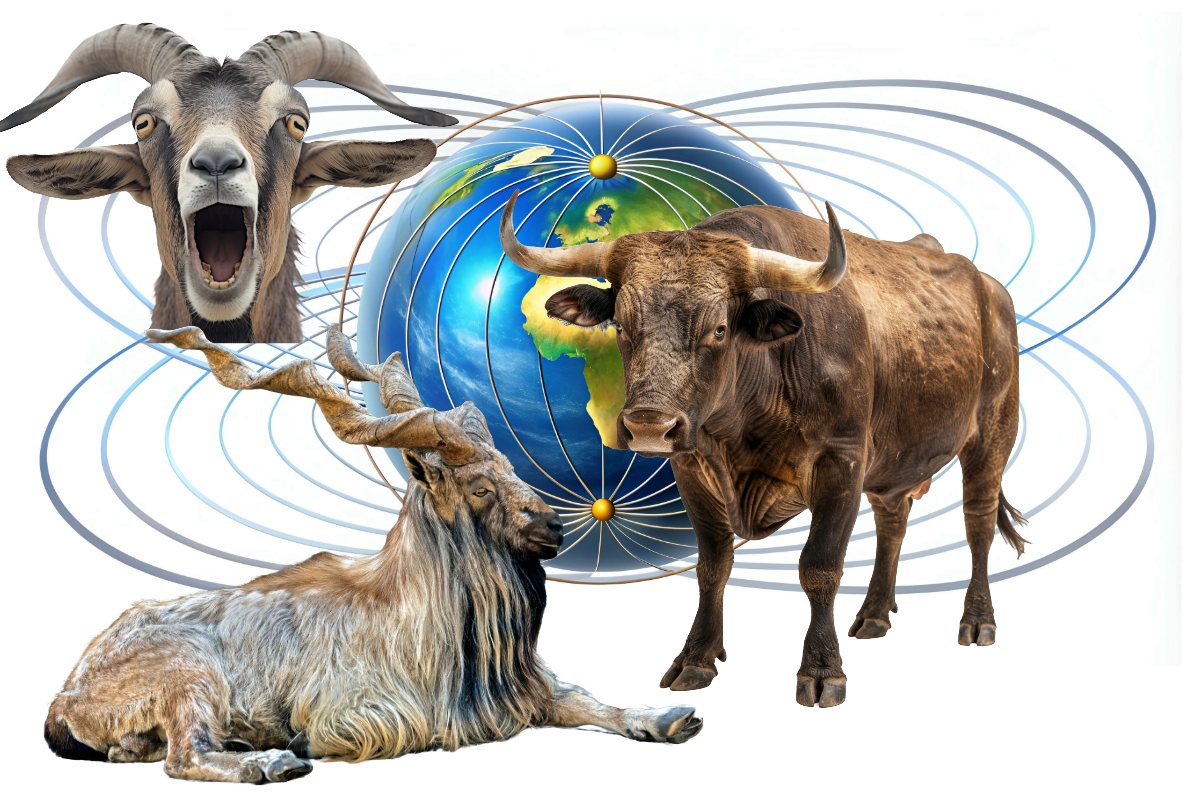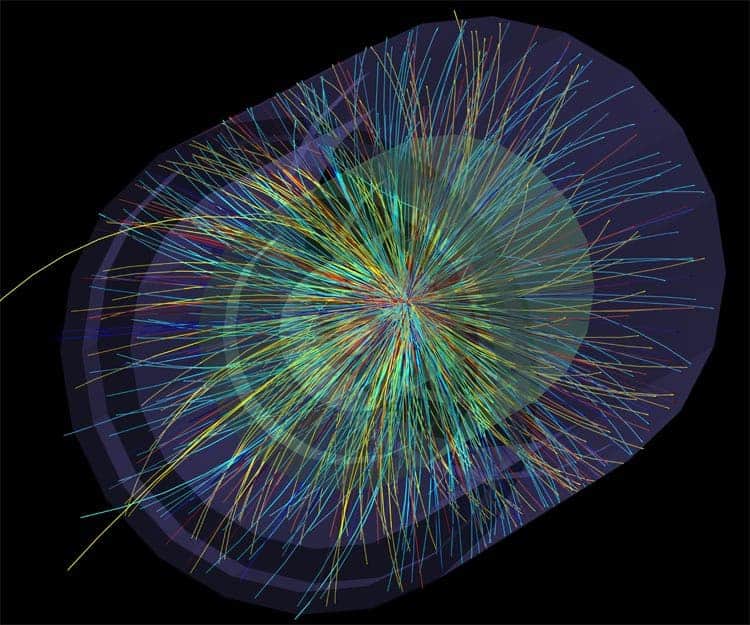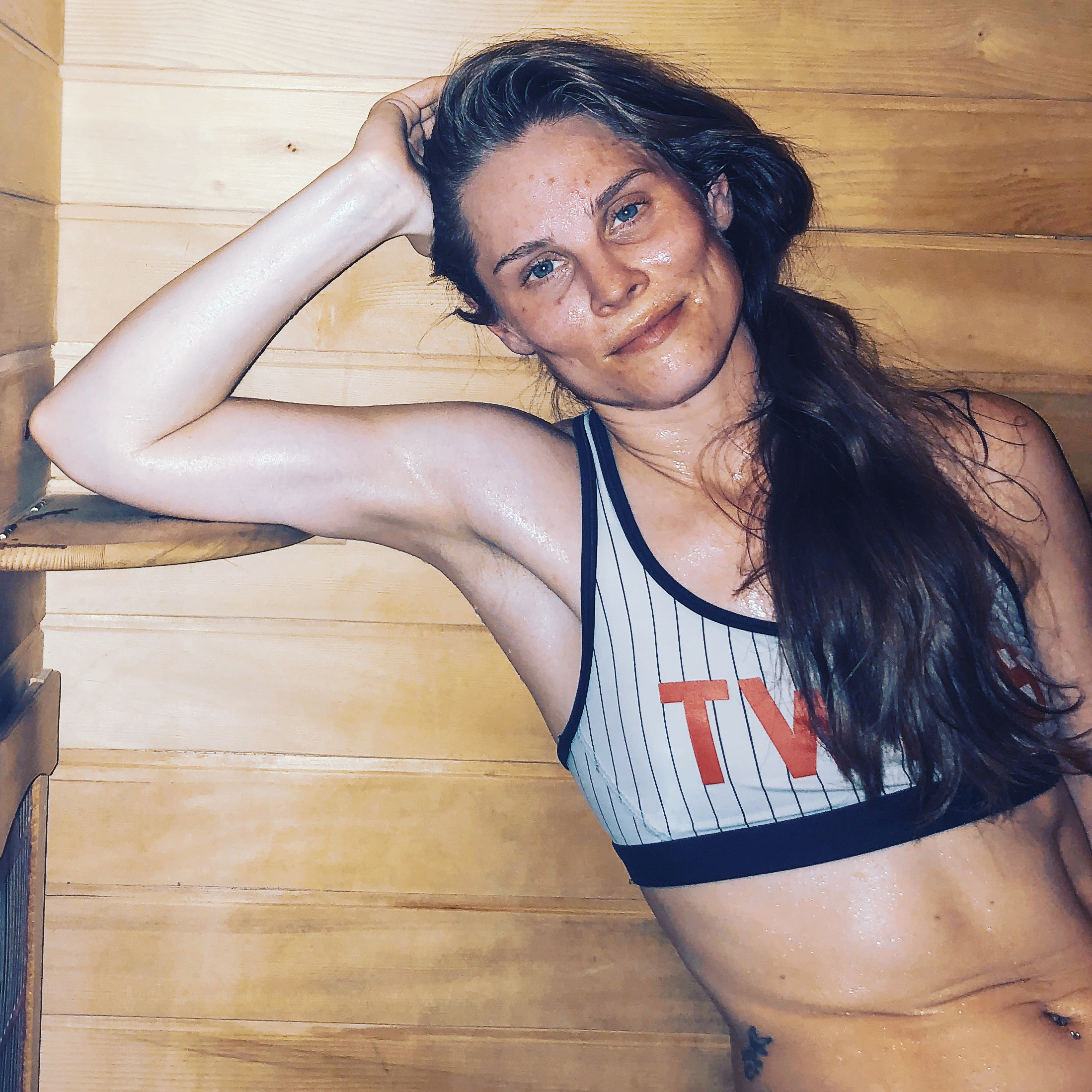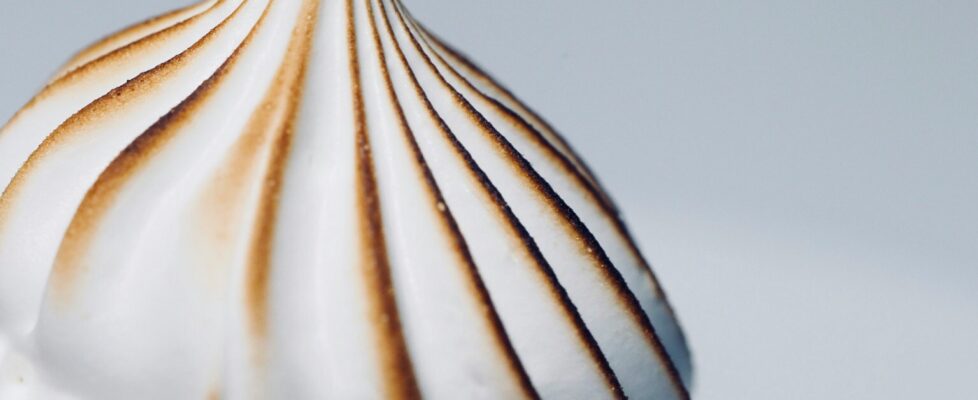Simulating Cloud Formation Using a KitchenAid Mixer and French Meringue
(KitchenAidₘ * ω) + (Sugarˢ × EggWhitesₑ)ⁿ → Cloudᶠ = PastryChefᵖ(Thoughtsₜ + Textureₓ)
Where:
KitchenAidₘ is the mixer, spinning at angular velocity ω
Sugarˢ and EggWhitesₑ, whipped to the nᵗʰ degree, represent the French meringue
Cloudᶠ is the fluffy, airy result—like cumulus dreams
PastryChefᵖ is the chef whose imagination stirs atmospheric wonder
Thoughtsₜ are metaphors for vapor, lift, and light
Textureₓ is the final, delicate structure—stiff peaks or gentle haze
In essence:
The beat of a KitchenAid, the discipline of sugar and whites, and the mind of a pastry chef—together they mimic nature’s own recipe for clouds.
Use of Classical Observable Physics and Meteorology
Objective:
To demonstrate how whipping egg whites into meringue mimics the process of cloud formation via nucleation, suspension, and stabilization of air in a fluid medium.
Hypothesis:
The mechanical whipping of egg whites introduces and suspends air bubbles within a protein matrix, visually and structurally resembling the formation of cumulus clouds through water vapor condensation on aerosols.
Materials:
-
KitchenAid stand mixer with whisk attachment
-
3 large egg whites
-
100g granulated sugar
-
Clear glass bowl (for observation)
-
Thermometer
-
Hygrometer (optional for analogy)
-
Light source for visual cloud-like illumination
-
Notebook to record texture, volume, and visual changes
Procedure:
-
Preparation:
-
Allow egg whites to reach room temperature (for max volume).
-
Ensure the bowl and whisk are grease-free.
-
-
Step 1 – Baseline Observation:
-
Place the egg whites in the glass bowl.
-
Observe and note their initial viscosity and transparency.
-
-
Step 2 – Mechanical Lift (Cloud Updraft Analogy):
-
Begin whisking at medium speed for 2 minutes.
-
Observe the change: bubbles begin to form.
-
This simulates rising warm air carrying moisture into the sky.
-
-
Step 3 – Add Sugar Gradually (Nuclei Analogy):
-
Slowly add sugar while continuing to whisk.
-
Sugar acts as a stabilizer—analogous to atmospheric particulates (condensation nuclei) around which water vapor condenses.
-
Whisk for 5–7 more minutes or until stiff peaks form.
-
-
Step 4 – Observe Final Structure (Cloud Analogy):
-
Study the volume increase, opacity, and texture.
-
Compare to cumulus clouds: white, fluffy, voluminous, and suspended.
-
-
Optional Extension:
-
Use a heat source (like a torch or oven) to demonstrate meringue “dissipation”—similar to cloud evaporation.
-
Conclusion:
If the whipped meringue visually and structurally mimics cloud formation—via suspended air in a fluid protein matrix—it supports the analogy that a pastry chef’s process can reflect atmospheric principles.
Scientific Notes:
-
Proteins (ovalbumin) in egg whites denature and create a matrix to trap air—like water vapor condensing into visible droplets.
-
Surface tension and mechanical shear allow for the stabilization of these air pockets.
-
Clouds form when air rises, cools, and moisture condenses—paralleling the mixing action and formation of meringue.
Use of Classical Observable Physics and Meteorology
Objective:
To demonstrate how whipping egg whites into meringue mimics the process of cloud formation via nucleation, suspension, and stabilization of air in a fluid medium.
Hypothesis:
The mechanical whipping of egg whites introduces and suspends air bubbles within a protein matrix, visually and structurally resembling the formation of cumulus clouds through water vapor condensation on aerosols.
Materials:
-
KitchenAid stand mixer with whisk attachment
-
3 large egg whites
-
100g granulated sugar
-
Clear glass bowl (for observation)
-
Thermometer
-
Hygrometer (optional for analogy)
-
Light source for visual cloud-like illumination
-
Notebook to record texture, volume, and visual changes
Procedure:
-
Preparation:
-
Allow egg whites to reach room temperature (for max volume).
-
Ensure the bowl and whisk are grease-free.
-
-
Step 1 – Baseline Observation:
-
Place the egg whites in the glass bowl.
-
Observe and note their initial viscosity and transparency.
-
-
Step 2 – Mechanical Lift (Cloud Updraft Analogy):
-
Begin whisking at medium speed for 2 minutes.
-
Observe the change: bubbles begin to form.
-
This simulates rising warm air carrying moisture into the sky.
-
-
Step 3 – Add Sugar Gradually (Nuclei Analogy):
-
Slowly add sugar while continuing to whisk.
-
Sugar acts as a stabilizer—analogous to atmospheric particulates (condensation nuclei) around which water vapor condenses.
-
Whisk for 5–7 more minutes or until stiff peaks form.
-
-
Step 4 – Observe Final Structure (Cloud Analogy):
-
Study the volume increase, opacity, and texture.
-
Compare to cumulus clouds: white, fluffy, voluminous, and suspended.
-
-
Optional Extension:
-
Use a heat source (like a torch or oven) to demonstrate meringue “dissipation”—similar to cloud evaporation.
-
Conclusion:
If the whipped meringue visually and structurally mimics cloud formation—via suspended air in a fluid protein matrix—it supports the analogy that a pastry chef’s process can reflect atmospheric principles.
Scientific Notes:
-
Proteins (ovalbumin) in egg whites denature and create a matrix to trap air—like water vapor condensing into visible droplets.
-
Surface tension and mechanical shear allow for the stabilization of these air pockets.
-
Clouds form when air rises, cools, and moisture condenses—paralleling the mixing action and formation of meringue.
🔬 Goal:
To prove that meringue formation simulates cloud formation by modeling both systems in a quantum computer, then exploring how amplified electromagnetic interactions (via a transformer or amplifier) could scale that quantum simulation toward physical reality.
🧠 Step 1: Define the Physical Analogies
| Kitchen Physics (Meringue) | Atmospheric Physics (Clouds) |
|---|---|
| Whipping air into egg whites | Rising warm air carrying moisture |
| Protein structure traps air | Water vapor condenses on nuclei |
| Surface tension stabilizes bubbles | Droplets coalesce and suspend in air |
| Stiff peaks = stable foam | Cumulus = stable cloud mass |
These are macro-scale analogies.
But both can be abstracted into quantum-mechanical interactions: particles (or waves) interacting under constraints and external energy.
🧰 Step 2: Quantum Simulation Setup
In a quantum computer, simulate both systems using qubits and Hamiltonians that model energy interactions:
-
Modeling Meringue Formation:
-
Qubits represent protein molecules (e.g. ovalbumin).
-
Apply time-evolution under a Hamiltonian with external energy input (mixer).
-
Simulate entanglement of protein structures + trapped air particles.
-
-
Modeling Cloud Formation:
-
Qubits model water vapor molecules.
-
Introduce entangled “nuclei” qubits.
-
Apply a similar Hamiltonian, tuned for gravitational lift, cooling, and condensation.
-
-
Compare system evolution:
-
Measure quantum states and collapse into classical analogs.
-
Check for emergent pattern similarities: density matrices, energy transfer curves, and structure stabilization over time.
-
⚡️ Step 3: Scaling the Simulation with EM Amplification
Now for the wild part—how does one scale this to physical reality using an amplifier or transformer?
-
Conceptual Framework:
-
The quantum simulation encodes behavior of molecules.
-
An electromagnetic amplifier or transformer would scale the energy patterns or fields from simulation to act upon a real medium (like egg whites or mist in a chamber).
-
-
Approach:
-
Extract field evolution from the quantum model (via output current or voltage from quantum-classical interface).
-
Feed this signal into a high-precision EM field generator or dielectric chamber.
-
Create a field environment that induces similar structure in real matter—i.e., forming foam in albumin or inducing condensation patterns in mist.
-
-
Why It Works (in theory):
-
Both systems are governed by energy input → structure stabilization.
-
If the EM patterns match the quantum-simulated behavior, real particles should follow similar attractors.
-
🧪 Step 4: Experimental Proof
Lab Test Design:
| Quantum Domain | Physical Domain |
|---|---|
| Qubits simulate protein structure entanglement | KitchenAid mixer whipping albumin |
| Extracted quantum field signature | Applied EM field in a dielectric meringue foam |
| Output: Quantum-state collapse into cloud-like foam | Real meringue or micro-mist cloud formation |
-
Use high-speed imaging, EM field mapping, and foam density testing.
-
Compare structure formation time, shape, and energy input efficiency.
For the smart kids that like a challenge DOWNLOAD The Work Sheet!
The Recipe for Adults who like a challenge DOWNLOAD the Recipe!

Geomagnetic Frequencies and Animal Communication: Quantum Connections in the Age of Technology
Throughout evolutionary history, many animals have developed sophisticated sensory systems to perceive geomagnetic fields. These geomagnetic frequencies, subtle yet pervasive, guide the navigation of migratory birds, sea turtles, bees, and even bacteria. The intricate interaction between living organisms and the Earth’s magnetic field raises compelling questions about the potential for communication across species through electromagnetic […]

Shikar Ritual & Watha Yoga Series: Want Bigger Game? Start with Breath. Discover the Ritual That Changes the Hunt.
Ethical use extra sensory perception within big game hunting includes entire use of the animal, the more creative a hunter can be with the use of their harvest, the karmatic value builds. Understanding of the movement and thoughts of an animal parallel to their lifecycle. As humans we establish ritual to remember, to provide a different future outcome, and to make sure each step of a process is handled with care. Using this ritual set, meditation, and yoga series adds to your tradition, health, and the environment enjoyed surrounding the hunt.

CERN and The Sahara Desert
An on going report. Precipitation reports for countries that rarely receive rain can be difficult to procure. I’m working on that.

Heat Transfer in Human Exercise: From Muscles to Molecules
What happens when sweat isn’t just sweat—but a data point in a live thermodynamic system? This article explores how heat transfers through the human body during exercise, from microscopic molecular motion to full-body endurance output. Whether you’re practicing hot yoga, tracking biofeedback in a lab, or pushing physical thresholds in extreme heat, this deep dive into human thermodynamics merges physiology with physics. Learn how to measure, map, and maximize your body’s heat signatures for real-world insights into performance, stress, and resilience. It’s not just heat—it’s data.
